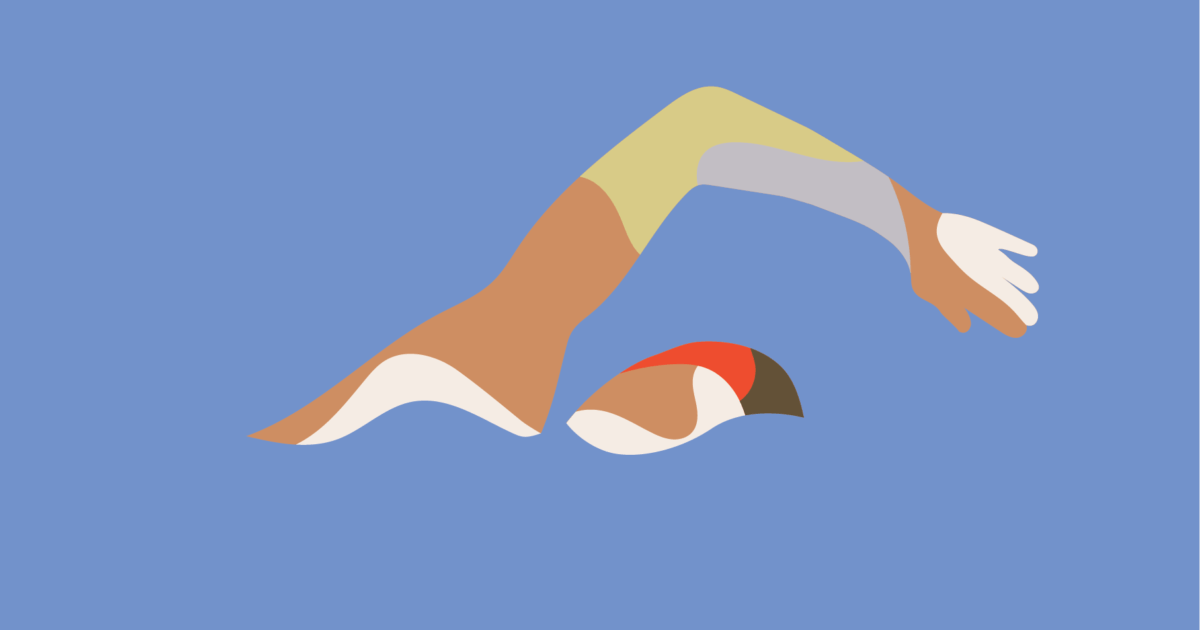Protecting Yourself from Skin CancerImportant Reminders for Warm Weather Season
- As we head into the summer months and kick off the warm weather season this Memorial Day Weekend, it’s important to make sure you are getting enough protection outside in the sun, now and always!
- A recent report from the D.C.-based non-profit, Environmental Working Group (EWG), says that many types of sunscreen are not giving you proper protection from the sun. Did you know you can get skin cancer without even getting a sunburn?
- Our leading experts and SurvivorNet medical advisors have got you covered with important reminders for protecting your skin during all seasons.
A recent report from the D.C.-based non-profit, Environmental Working Group (EWG), says that many types of sunscreen are not “properly protecting users from harmful radiation that can cause melanoma or other skin issues,” and many people don’t know that you can still develop skin cancer, even without ever getting a sunburn.
Read MoreView this post on Instagram
Our SurvivorNet experts concur, noting that once you rub in the SPF, which stands for Sun Protection Factor, it is actually half the protection that it states, so we agree with the fact that higher SPFs can indeed by misleading.
In general, dermatologists recommend using a minimum of SPF 30 to protect yourself from harmful sun raysand reapplying every two hours.
Choose the Right Sunscreen and Use it Often
Many people slather on sunscreen every day, but if you're not choosing the right type or not using enough, it may not be working.
Dr. Cecilia Larocca, a dermatologist at Dana-Farber Cancer Institute, recommends you use no less than SPF 30 and reapply it every two hours. Your sunscreen should also be broad spectrum, says Dr. Larocca, meaning it covers both UVB and UVA rays.
According to Dr. Larocca, people usually only get about 50% of the SPF on the label. So, if you're using SPF 60, you're really getting closer 30 SPF of protection. To make sure you're getting the right protection, she also recommends using sunscreen every two hours and wearing protective clothing, such as a hat and sunglasses.
Here are some top tips for protecting yourself in the sun:
- Avoid sun exposure during peak hours when the sun's rays are strongest, between 10 a.m. and 4 p.m.
- Apply sunscreen 15 minutes before going outside
- Use at least SPF 30 broad spectrum sunblock and reapply every 2 hours when outdoors
Following these guidelines will help reduce your risk of skin damage and future skin cancer.
Learning About Melanoma
Ninety percent of melanomas are caused by ultraviolet radiation from the sun. That means you're at risk if you spent excessive amounts of time in the suneven as a child. If you ever got scalding sunburns or were a fan of tanning salons, it's important to get your skin checked out. While you can still get skin cancer without ever getting burned, as mentioned, they absolutely put you at a much higher risk.
"Melanomas are the deadliest type of skin cancer because they have a tendency to spread to other parts of the body," explains Dr. Anna Pavlick, an oncologist at Weill Cornell Medicine.
Most Melanomas Develop from Sun Exposure, but You Can Get It In Unexposed Areas
Melanoma can develop from an existing mole or it can appear as a dark or pink growth on the skin. That said, they aren't limited to sun-exposed areas. According to Dr. Pavlick, you can also develop melanomas in places like your sinuses, rectal area, back of the eye, and other areas that aren't exposed to the sun, which is highly surprising to most.
Learn more about SurvivorNet's rigorous medical review process.

